|
Peter Max is a multi-dimensional creative artist.
He has worked with oils, acrylics, water colors, finger paints,
dyes, pastels, charcoal, pen, multi-colored pencils, etchings,
engravings, animation cells, lithographs, serigraphs, silk
screens, ceramics, sculpture, collage, video and computer
graphics. He loves all media, including mass media as a "canvas"
for his creative expression.
As in his prolific
creative output, Max is as passionate in his creative input.
He loves to hear amazing facts about the universe and is as
fascinated with numbers and mathematics as he is with visual
phenomena. "If I didn't choose art, I would have become
an astronomer," states Max, who became fascinated with
astronomy while living in Israel, following a ten-year upbringing
in Shanghai, China. "I became fascinated with the vast
distances in space as well as the vast world within the atom,"
says Max.
Peter's early childhood impressions
had a profound influence on his psyche, weaving the fabric
that was to become the tapestry of his full creative expression.
It was a childhood filled with magic and adventure, an odyssey
the likes of which few people have had, artists included.
European born, Peter was raised
in Shanghai, China, where he spent his first ten years. He
lived in a pagoda-style house situated amidst a Buddhist monastery,
a Sikh temple and a Viennese cafe. And yet, with all that
richness and diversity of culture, he still had a dream of
an adventure yet to come in a far-off land called America.
From American comic books, radio broadcasts and cinema shows,
young Peter formed an impression of the land of Captain Marvel,
Flash Gordon, swing jazz, swashbucklers, freedom and creativity.
But the American
adventure was far in the future. In the decade to follow,
Peter would discover many other fascinating worlds that fanned
the fires of his imagination.
At the age of ten, Peter and
his parents traveled across the vast expanse of China to a
Tibetan mountain camp at the foothills of the Himalayas. Then
they journeyed 9,000 feet up to a beautiful, white-turreted
hotel in a mountain paradise that seemed like Shangri-La.
After their return to Shanghai, the family left on another
voyage of discovery, around India, the continent of Africa,
and Israel, where Peter studied art with a Viennese fauve
painter. It was in Israel that young Peter also developed
a love and fascination for astronomy.
In 1953, Peter's family emigrated to America after a six-month
visit to Paris. Though it was a relatively short stay, Peter
enrolled in an art school and absorbed the culture and art
heritage of Paris. At the age of sixteen, Peter realized his
childhood vision and arrived in America. After
completing high school, he continued his art studies at The
Art Student's League, a renowned, traditional academy across
from Carnegie Hall in Manhattan. Here, Peter learned the rigid
disciplines of realism and developed into a realist painter.
When he left art school, Max
had become fascinated with new trends in commercial illustration
and graphic arts, from America as well as Europe and Japan.
He decided to try his hand at it and within a short time,
he won awards for album covers and book jackets, which combined
his own brand of realism with graphic art techniques. Max
also admired the work of contemporary photographers such as
Bert Stern, Richard Avedon, and Irving Penn, which led to
his photo collage period, in which he had captured the psychedelic
era of the mid '60s. As the '60s progressed, the photo collages
gave way, to his famous "Cosmic '60s" style, with
its distinctive line work and bold color combinations. This
new style developed as a spontaneous creative urge, following
Max's meeting with Swami Satchidananda, an Indian Yoga master
who taught him meditation and the spiritual teachings of the
East. Max's Cosmic '60s art, with its transcendental imagery
captured the imagination of the entire generation and catapulted
the young artist to fame and fortune. Max
was suddenly on numerous magazine covers, including Life Magazine,
and appeared on national TV. Max's visual impact on the '60s
has often been compared to the influence the Beatles had with
their music.
In the 1970s, Max gave up his
commercial pursuits and went into retreat to begin painting
in earnest. He submersed himself in his art for several years,
and was only induced to come out of retreat on occasion through
special commissions by the Federal government agencies: the
U.S. Border murals, the first 10¢ U.S. postage stamp,
and projects for the Federal Energy Commission. For
July 4, 1976, Max created a special installation and art book,
Peter Max Paints America, to commemorate America's bicentennial.
It was the year Max also began his annual July 4th tradition
of painting the Statue of Liberty. In 1982, Max painted six
Liberties on the White House lawn, and then personally helped
to actualize the statue's restoration, which was completed
in 1986.
In the years that followed,
Max developed his new atelier, with a primary focus on paintings,
mixed media works and limited graphic editions. Of the thousands
of requests that came in for posters, Max was drawn to those
that synchronized with his own concerns: environmental, human,
and animal rights. He began a series of works called the Better
World series, and created a painting called "I love the
World," depicting an angel embracing the planet, inspired
by his backstage experience at the Live Aid concert.
In 1989, for the 20th anniversary
of Woodstock, Max was asked to create world's largest rock-and-roll
stage for the Moscow Music Peace Festival. Soon after the
festival, in October, 1989, Max unveiled his "40 Gorbys,"
a colorful homage to Mikhail Gorbachev. Prophetically,
a few weeks later, communism fell in Eastern Europe and Max
was selected to receive a 7,000-pound section of the Berlin
Wall, which was installed on the Aircraft Carrier U.S.S. Intrepid
Museum. Using a hammer and chisel, Max carved a dove from
within the stone and placed it on top of the wall to set it
free.
In 1991, Max's one-man retrospective
show at the Hermitage Museum in St. Petersberg drew the largest
turnout for any artist in Russian history. Over 14,500 people
attended!
As a painter for four former
U.S. Presidents (Carter, Ford, Bush and Reagan) in 1993, Max
was approached by the inaugural committee to create posters
for Bill Clinton's inauguration. He was later invited to the
White House to paint the signing of the Peace Accord.
Max has always been ready to
apply his creative talent to important global events and has
produced posters for many such events, including Summit of
the Americas, Gorbachev's State of the World Forum, and the
United Nations Earth Summit, for which he had designed a series
of twelve stamps that became the best-selling stamps in U.N.
history. For the U.N.'s 50th anniversary, Max produced an
installation of fifty paintings in different color combinations
of the landmark United Nations Building.
A lover of music, Max has been
designated Official Artist for the Grammys, The 25th Anniversary
of the New Orleans Jazz Festival and the Woodstock Music Festival.
In the sports arena, Max has
been the Official Artist for five Super Bowls, The World Cup
USA, The U.S. Tennis Open and the NHL All-Star Game.
Always an optimist, Max sees
a fabulous new age for the new millennium, filled with enormous
possibilities. He also sees a need for a greater responsibility
to our planet, and he is ever ready to serve as the "Global
Artist." |
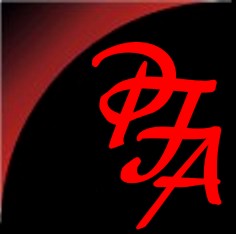

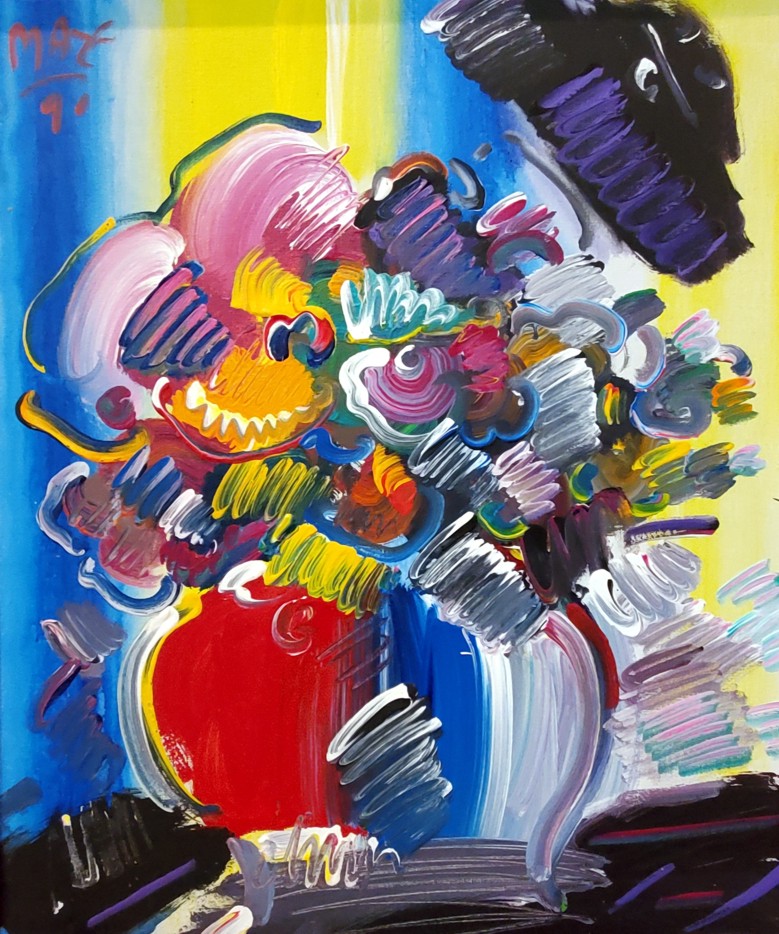
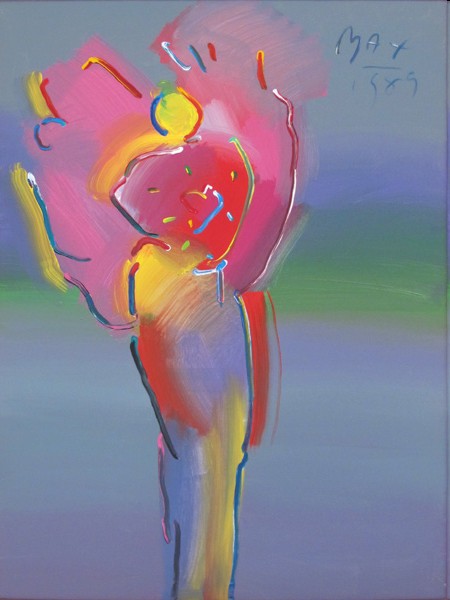
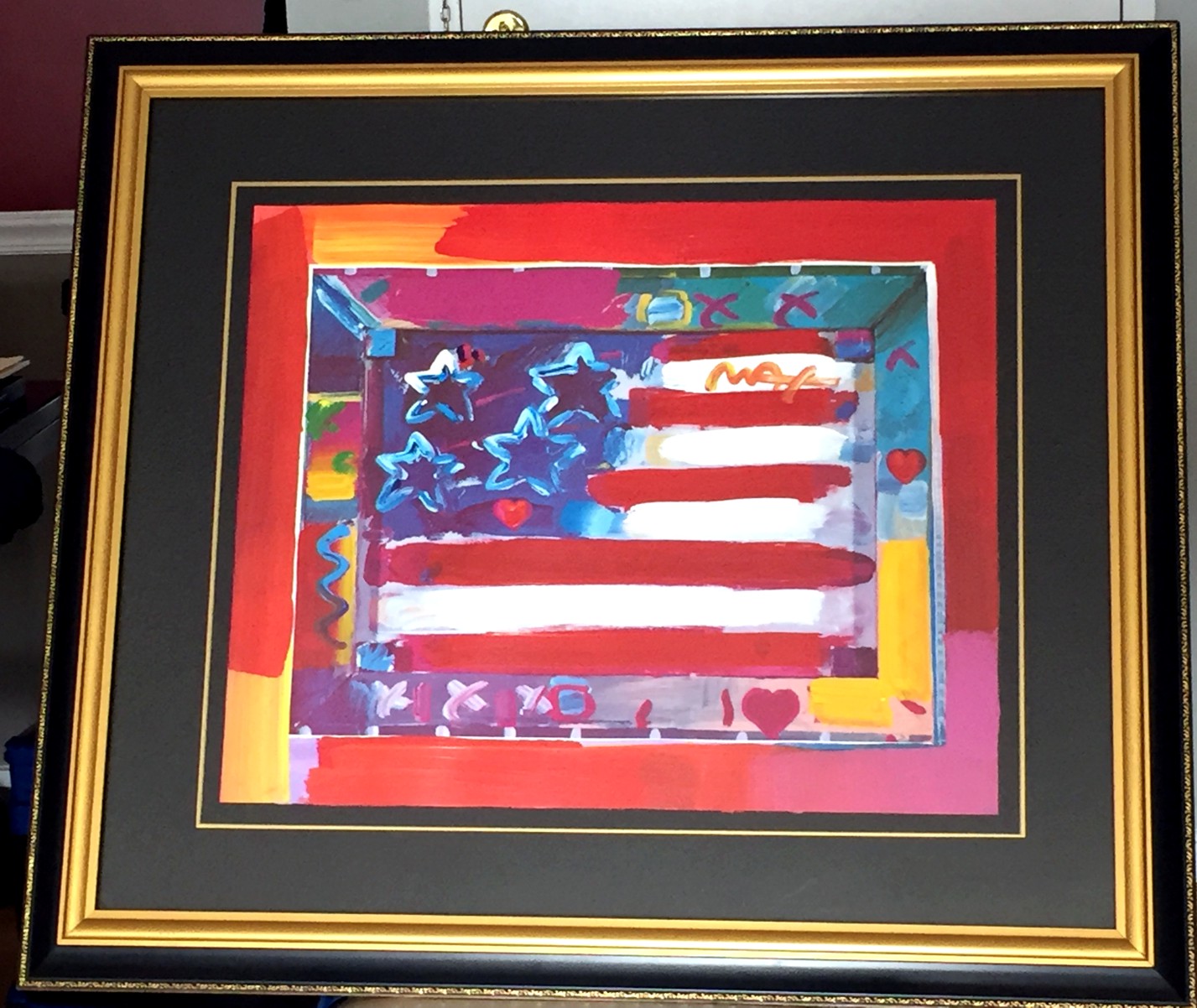
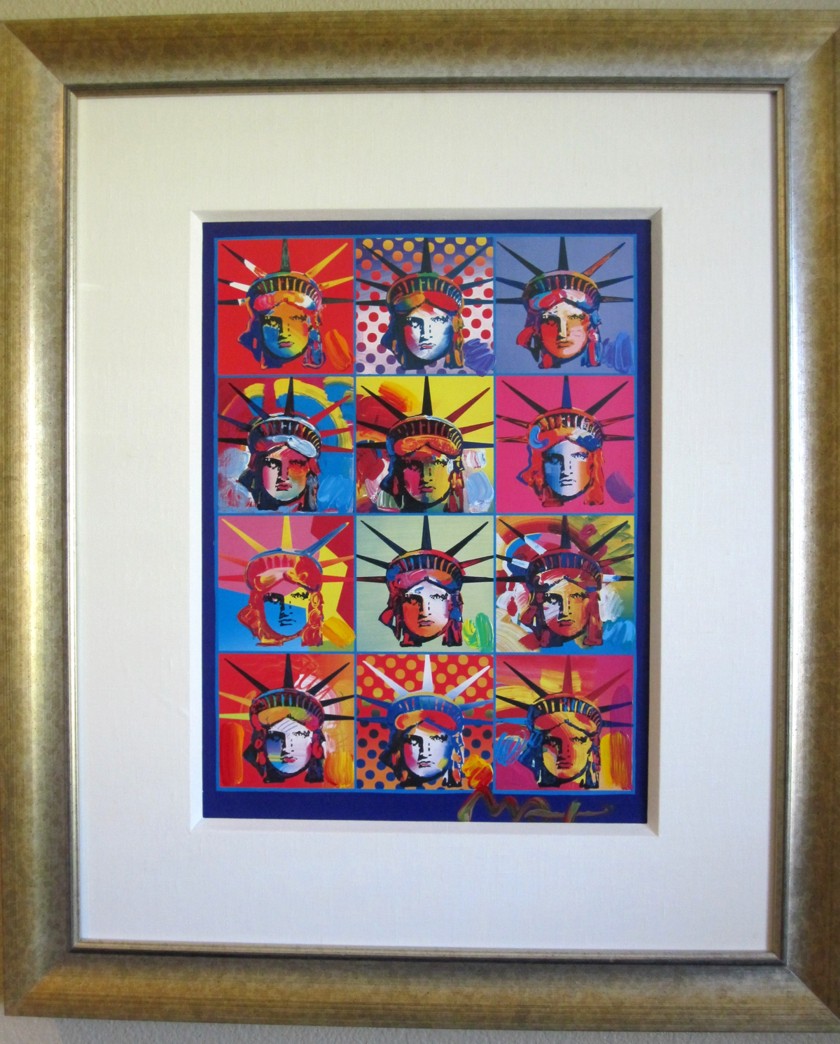
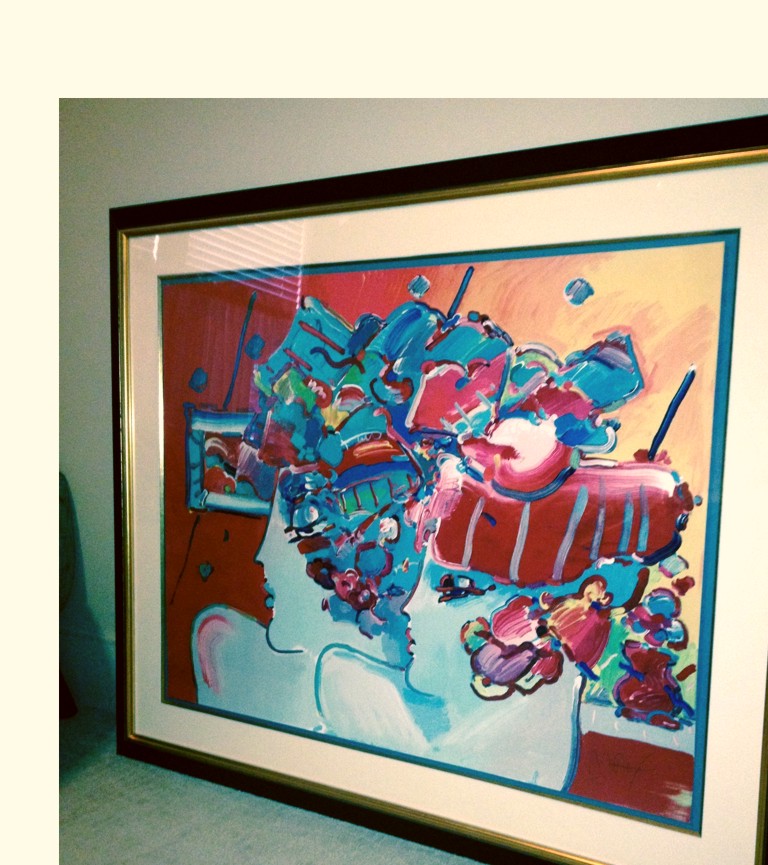
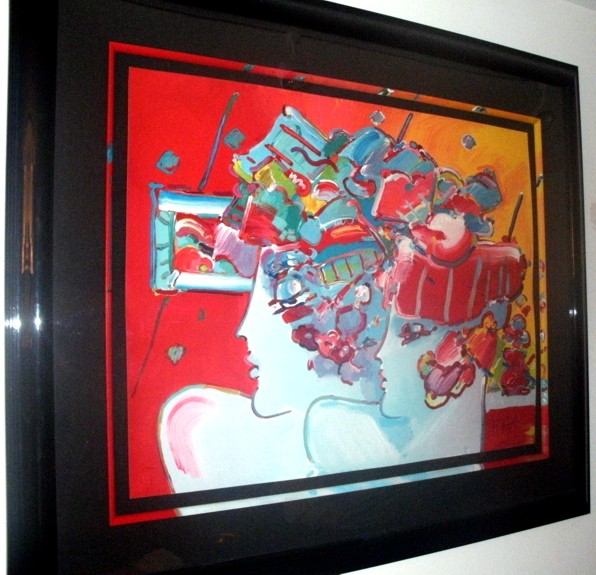
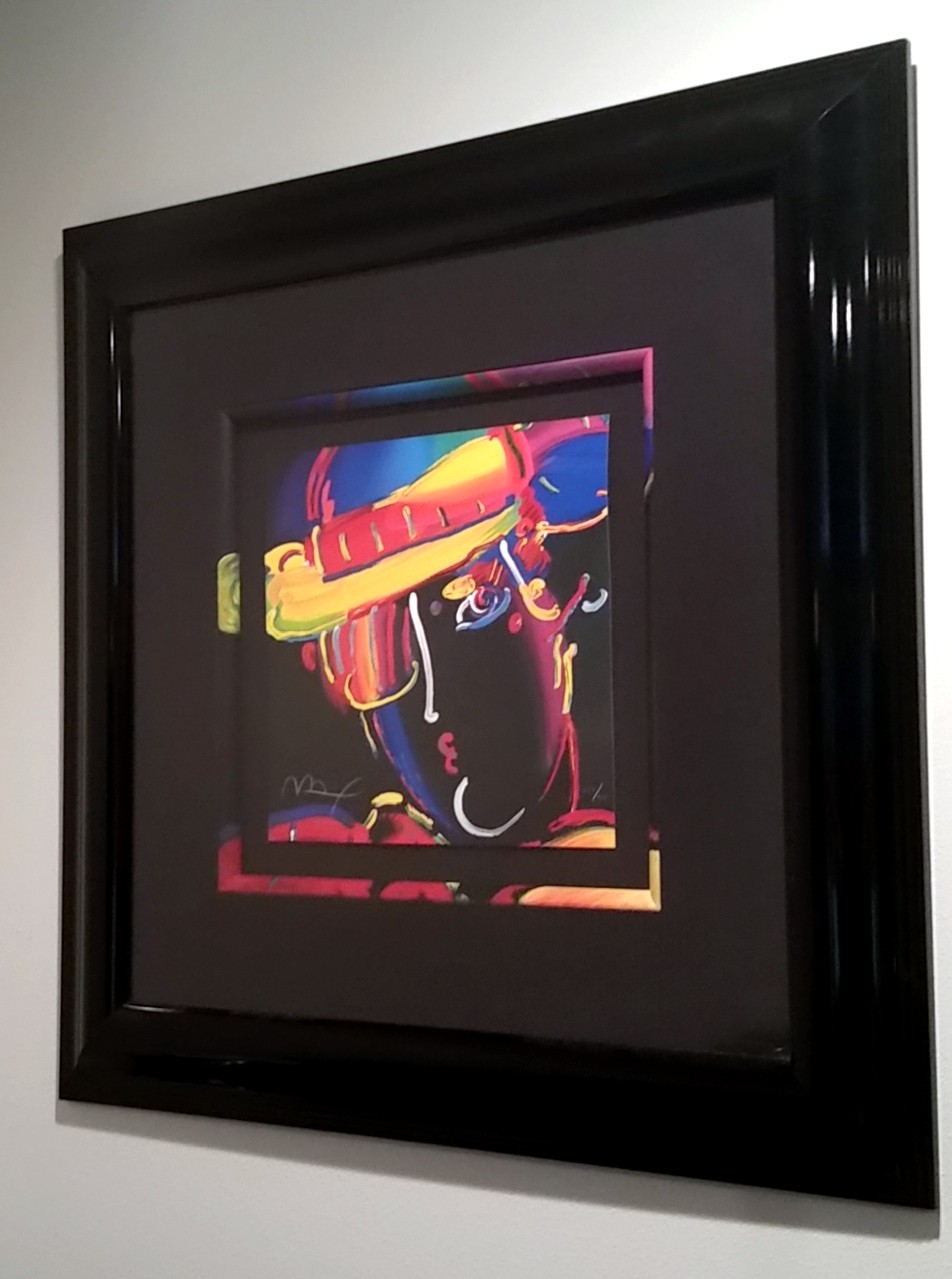
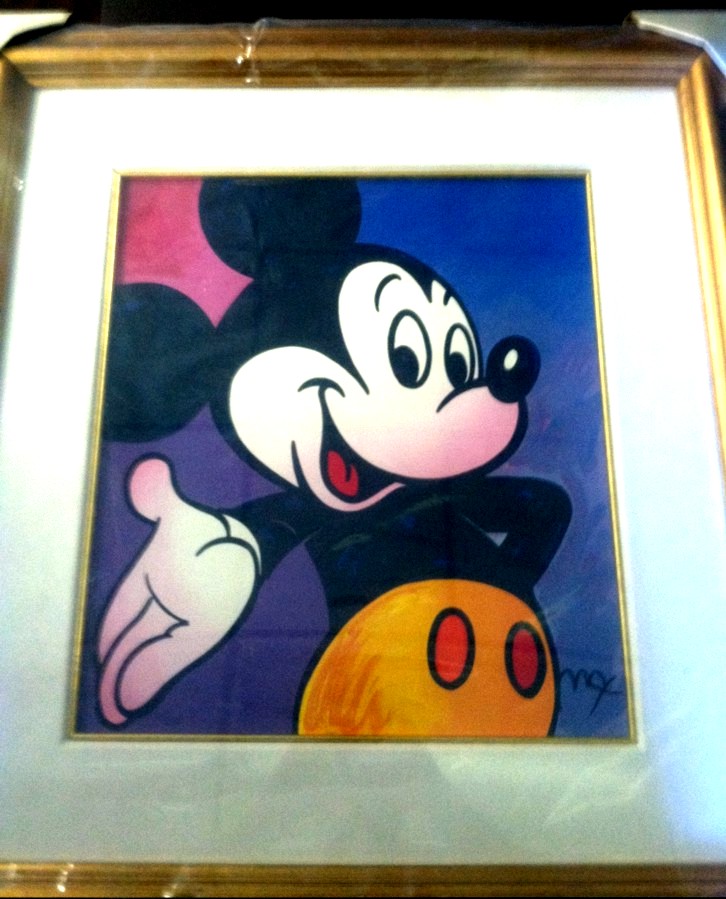

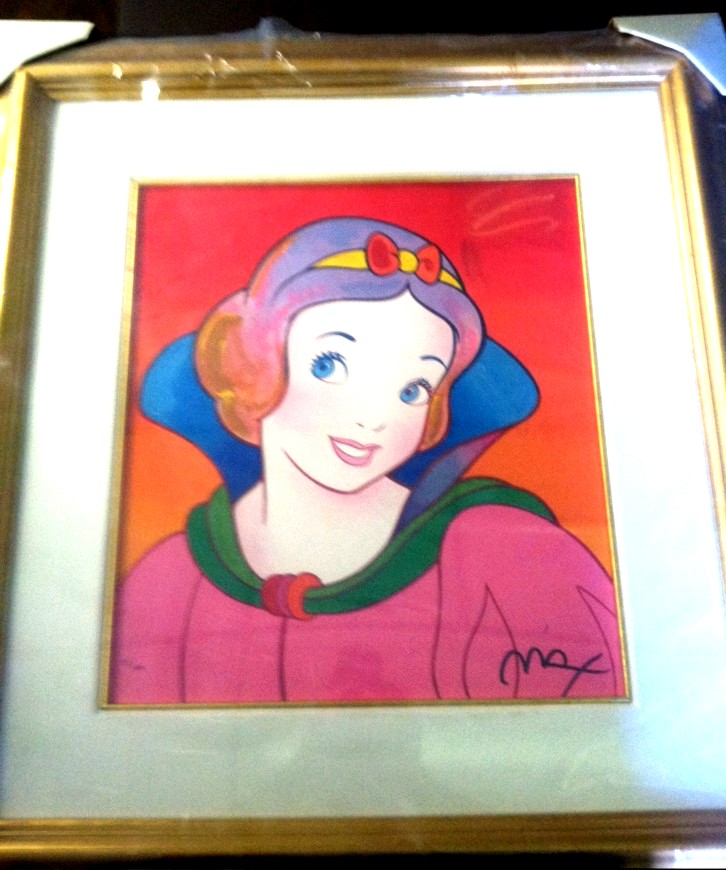
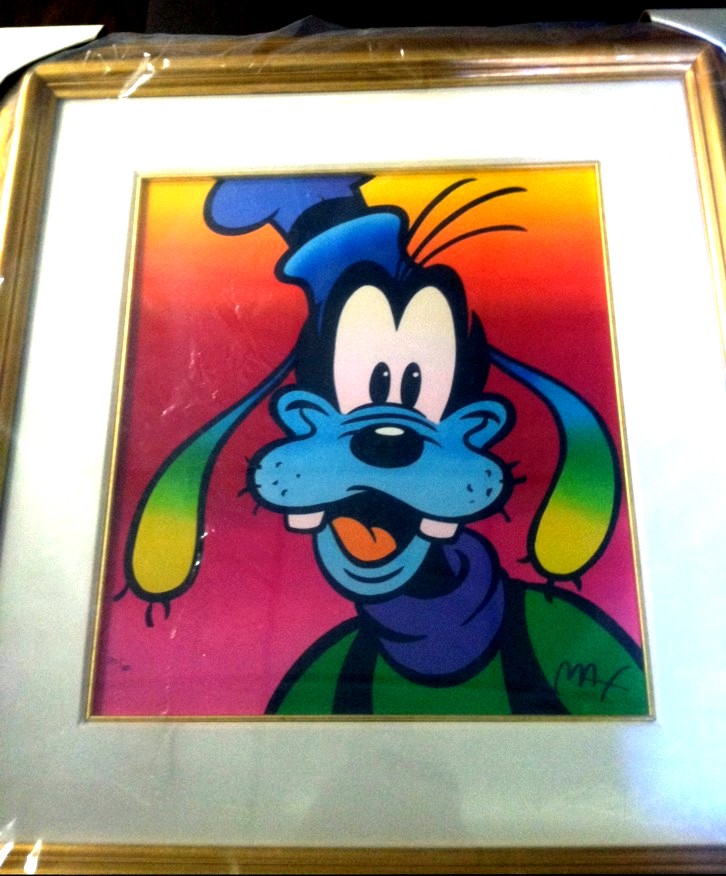
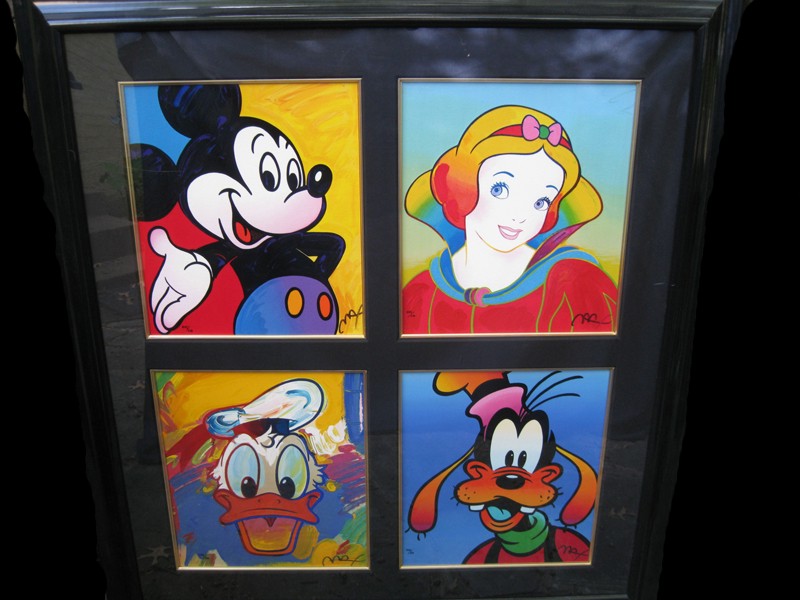
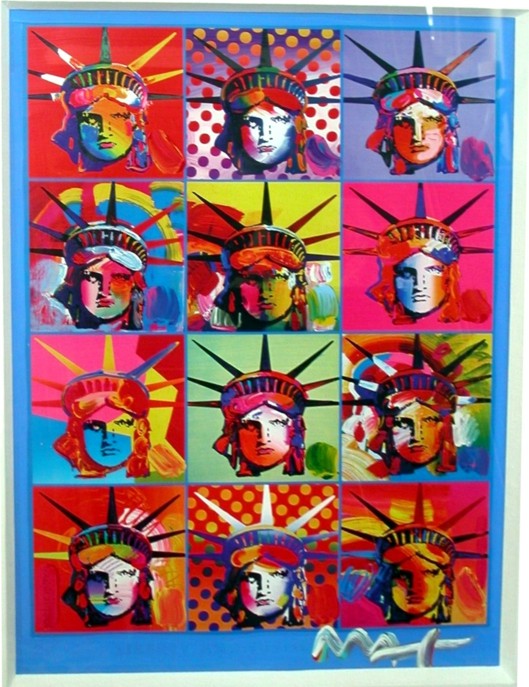
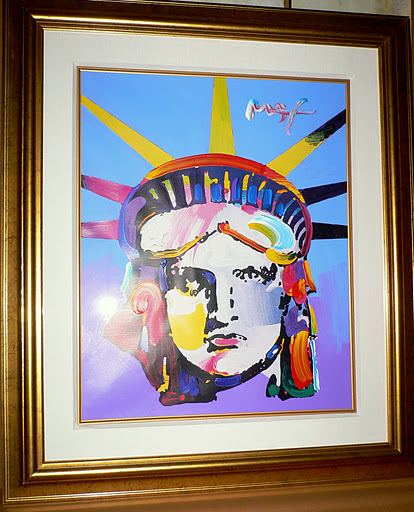
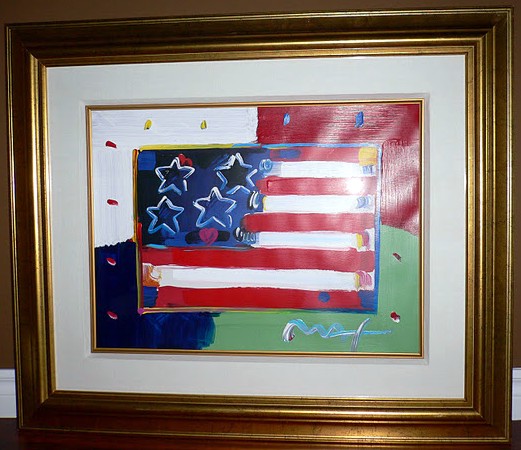
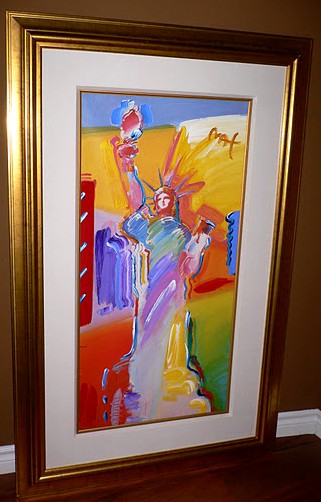
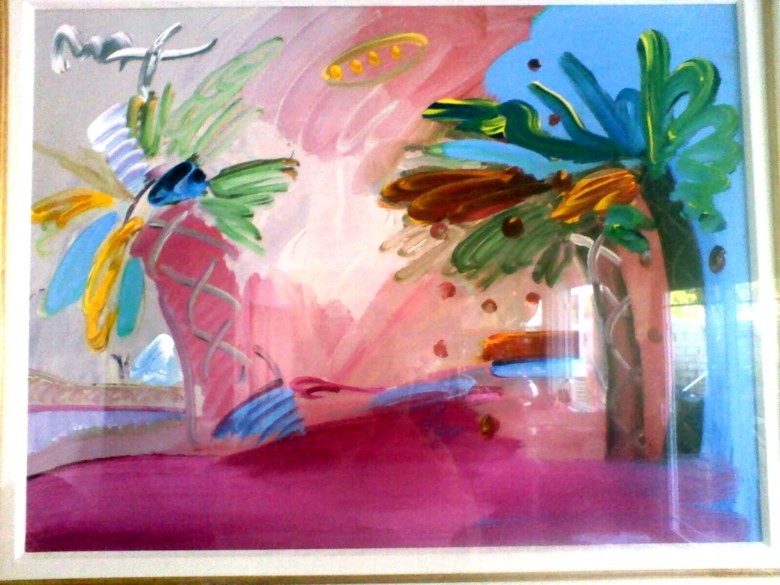

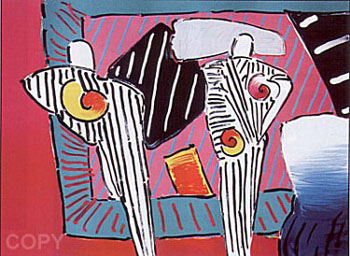
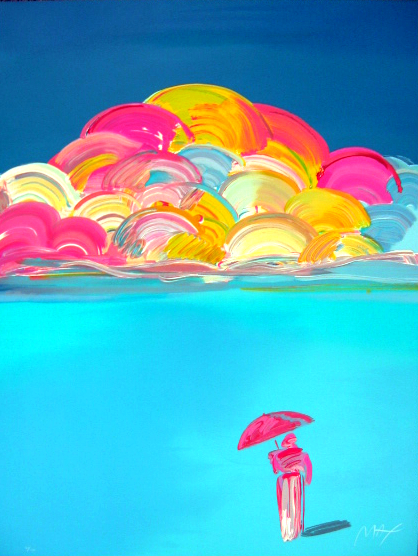
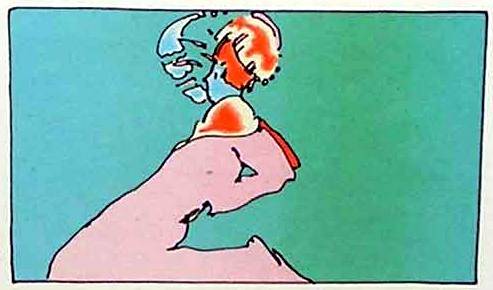

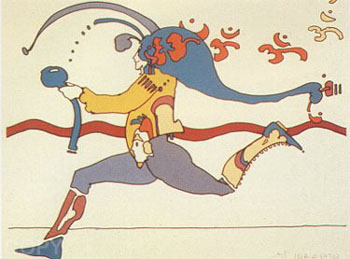
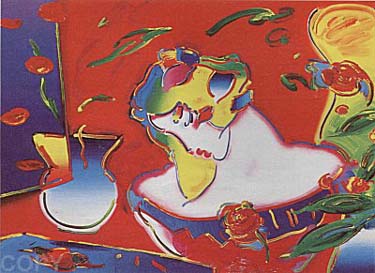

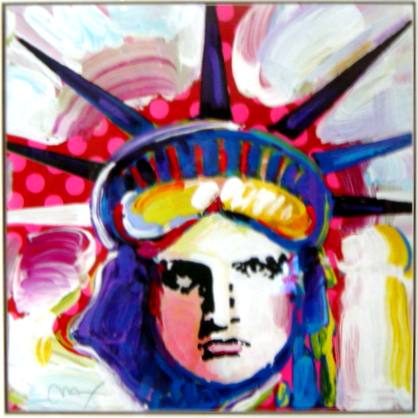
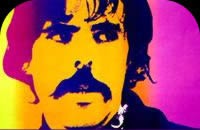 PETER
MAX - BIO
PETER
MAX - BIO